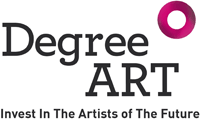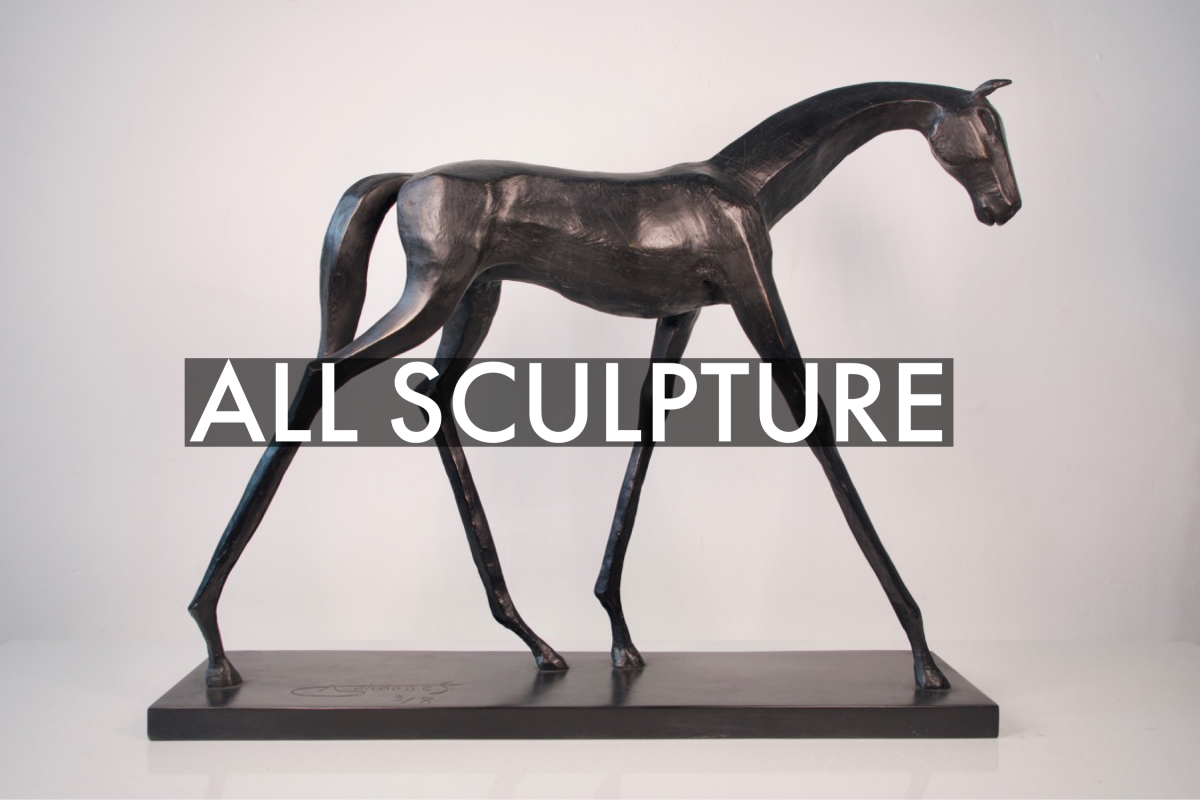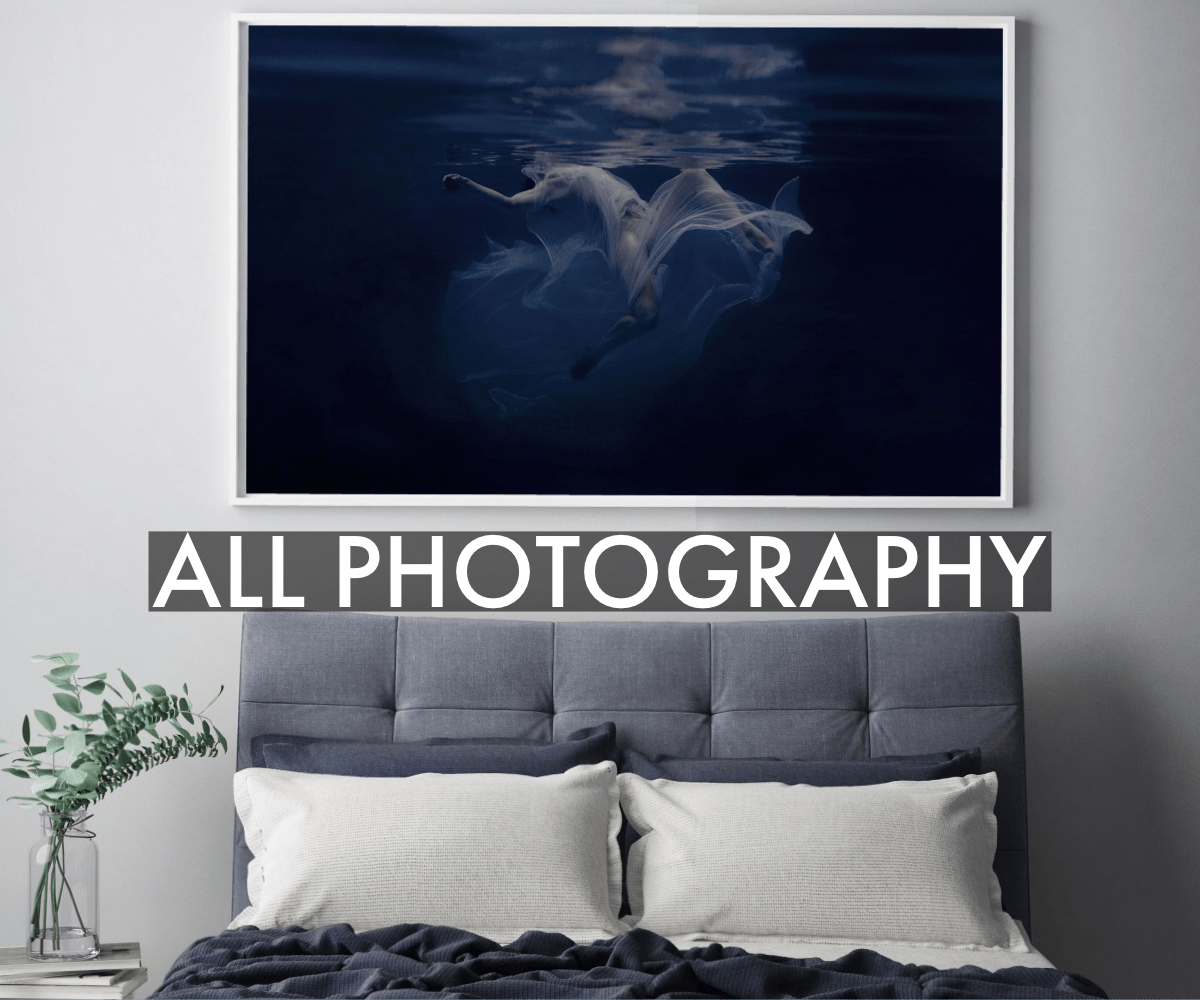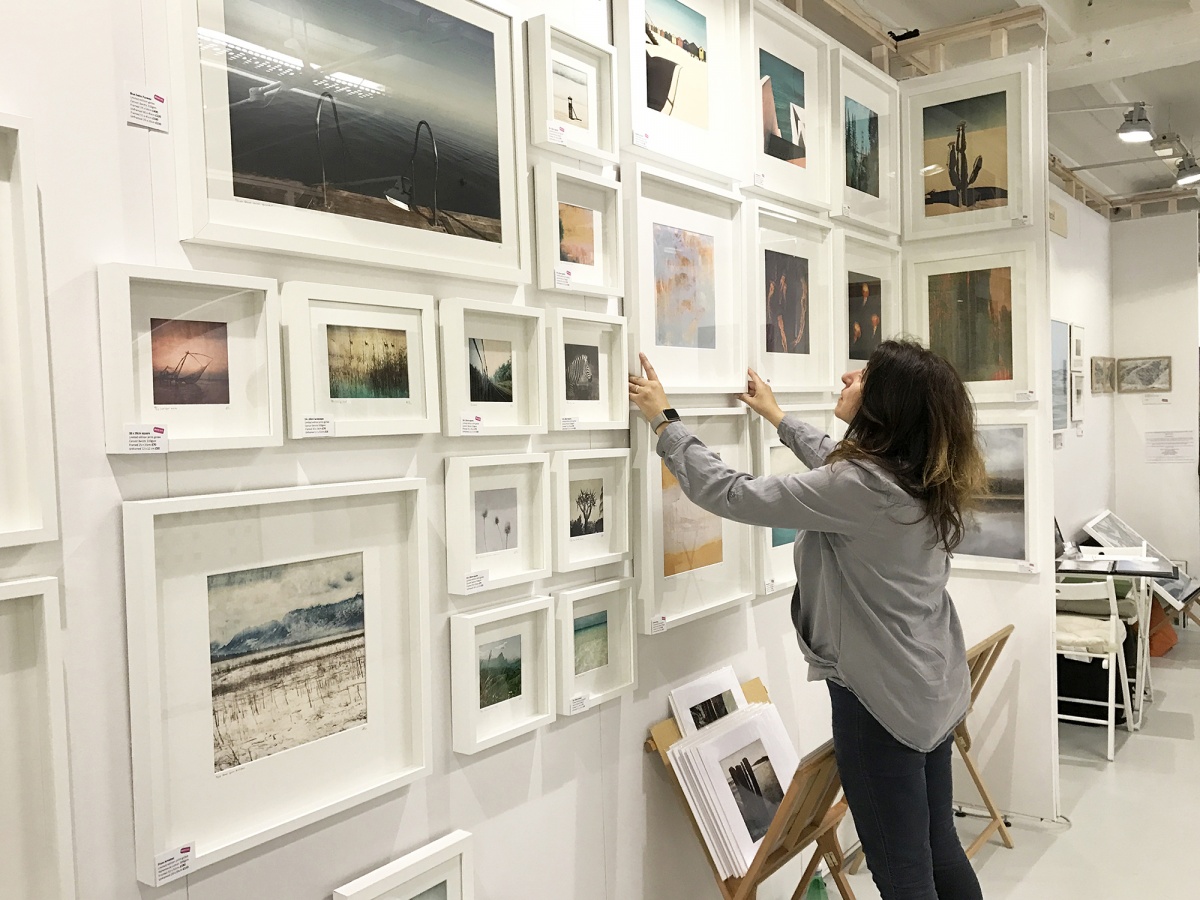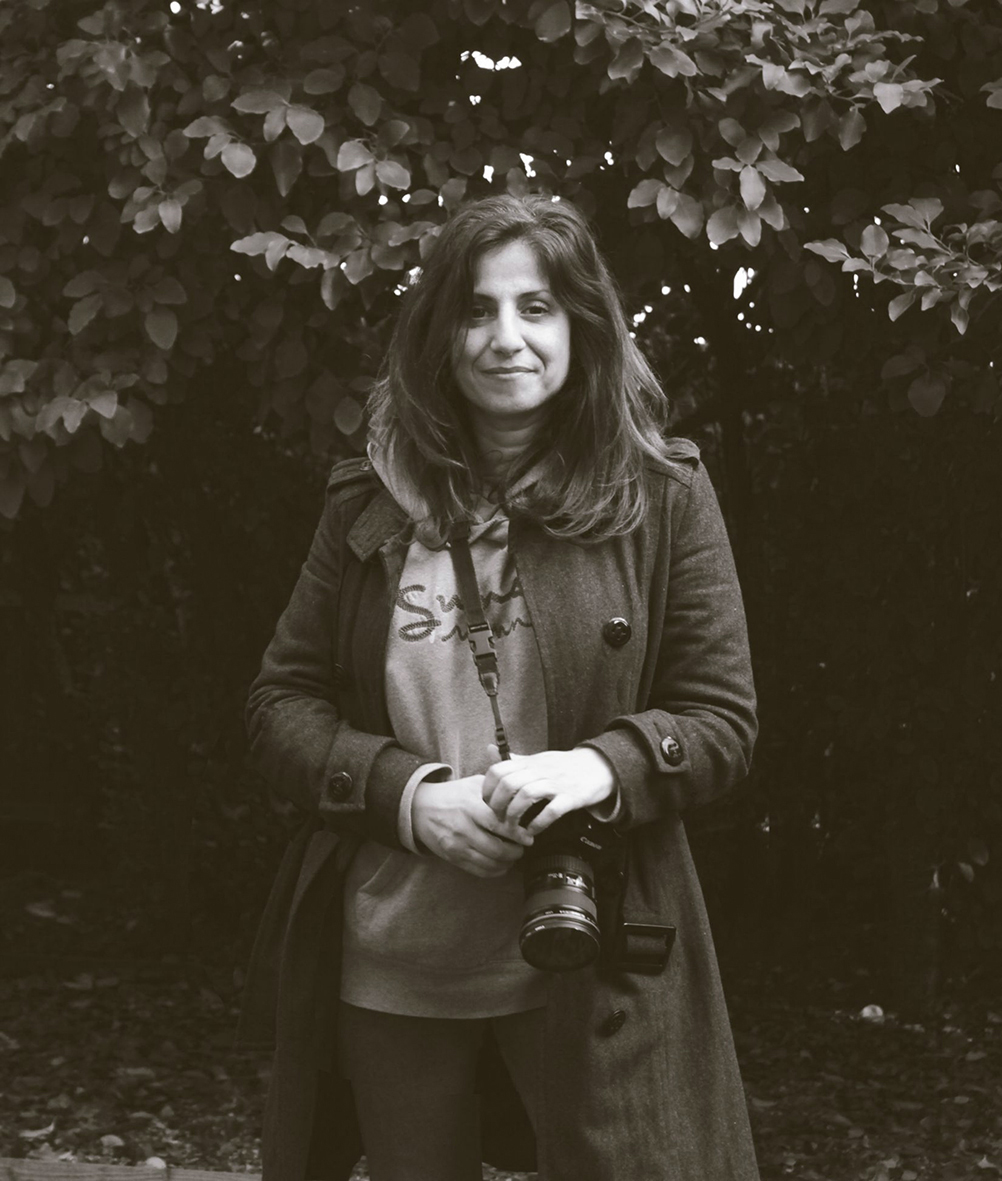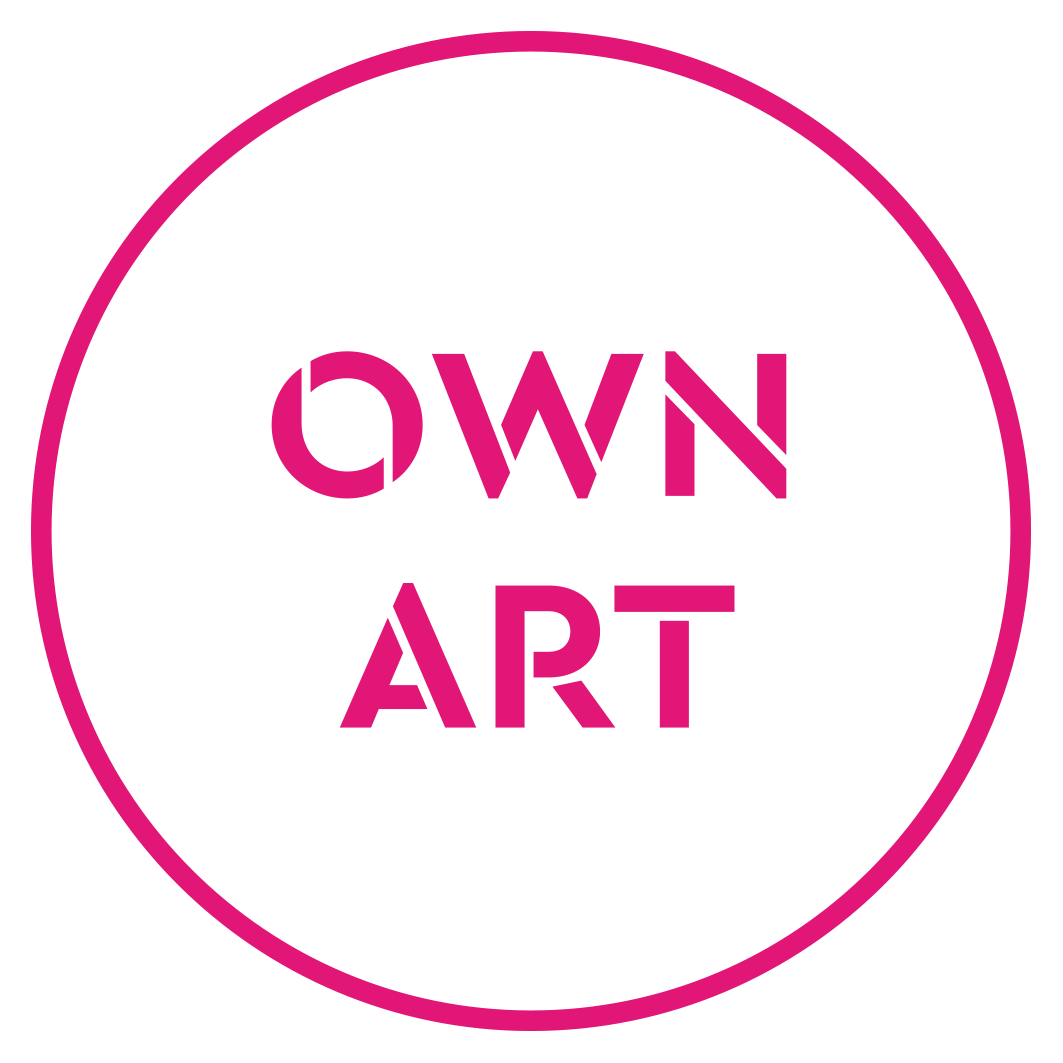Nadia collects photographed details; the patina aged on stone, rhythmic distortions on water, shadows drawn by trees. It is these small details that help her tell the bigger story. She uses several images, collected on location which are then layered in camera or at the studio, together they convey a sense of place and time. She further makes visual notes in her sketchbook on location and when back in the studio she adds washes, paint, chalk and ink onto the final image. Often the original photograph disappears from documentary single imagery toward a more painterly poetic interpreted view of the world. Nadia studied Postgraduate in Photojournalism at The London College of Printing graduating in 1999. She worked as a Press and PR Photographer before settling into full-time Fine Art 3 years ago.
1) Which art movement do you consider most influential on your practice?
10) What is your favourite book of all time (fiction or non-fiction)?
